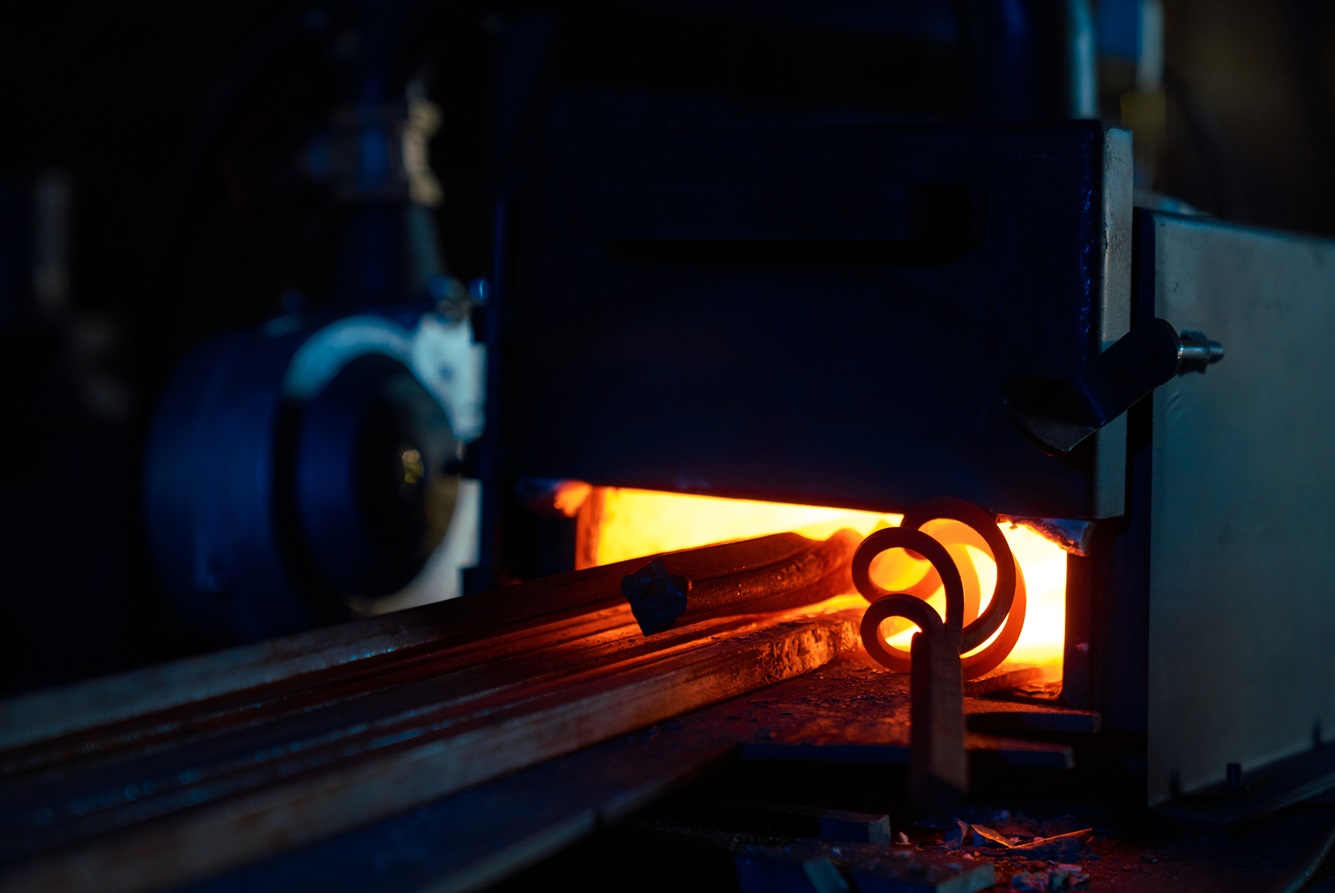

Steel is made of iron and other metals that come together to form the beautiful metal used for various applications. But where does this process start from? How does something as crude as iron transform into steel? What other metals play a part in this process?
If these questions are also in your mind, you will find all the answers here in this blog, where we will discuss how steel iron ore is extracted, refined, processed, and transformed into steel.
So, read on!
Iron ore is extracted from the depths of the earth. While it can be challenging for a beginner to identify it in its raw form, it is easily distinguishable in soil. The extracted ore contains iron in various forms, such as hematite, magnetite, limonite, and siderite. The extracted ore contains iron in various forms, such as hematite, magnetite, limonite, and siderite.
Once the ore is extracted, it undergoes multiple processes.
The first step is crushing and grinding the ore into tiny particles, which increases the surface area of the ore and makes it easier for sheet metal processing in the next steps.
The second process is concentration, wherein the ore is separated from the other particles in the mixture.
Once the iron is separated from the other particles, it’s time for refining. The crude iron has multiple impurities, which, if not removed, can weaken the iron at the next steps.
Refining starts with feeding the iron into the blast furnace with coke and limestone. Coke is a form of carbon fuel that works as a reducing agent. Limestone works as the impurity remover as it forms flux.
The temperatures in the blast furnace are around 1500 degrees Celsius. The coke burns and forms carbon monoxide, which reacts with iron ore to form molten iron.
Limestone helps remove impurities by creating flux, creating slag that rises slowly in the furnace. The molten iron settles at the base of the furnace. The slug is slowly removed without removing the molten iron along with it.
The iron produced in the earlier step is pig iron, which still contains carbon and other impurities. This iron is unsuitable for most industrial applications; thus, it undergoes further refining in the Basic Oxygen Furnace.
In the blast furnace, the oxygen is blasted at a high pressure which reacts with the carbon and creates gasses like carbon dioxide and carbon monoxide, releasing them from the furnace. Further, lime is added to form flux and remove sulfur and phosphorus.
This process turns iron into low-carbon steel. It is still brittle and prone to corrosion.
Besides the Basic Oxygen Furnace (BOF), the alternative method is the Electric Arc Furnace (EAF). This method is employed when recycling scrap steel or processing direct reduced iron (DRI).
In the EAF, the electrical energy is used to melt the iron and the scrap metal, and impurities are removed by adding flux. Then, the metal is refined into the desired composition.
Now that the iron is prepared, it is time to make steel. Steel has many variants, which depend upon its composition. Multiple alloys are added to it. Chromium increases the corrosion resistance. Carbon makes it hard and strong. Nickel adds toughness and ductility to the metal, while manganese improves its tensile strength. Not all of these alloys are used in every steel type. For example, carbon is added to make carbon steel. Chromium is added to make stainless steel.
Major iron and steel differences come from this step.
The molten composition is then formed into billets, blooms, slabs, etc, and undergoes further processes. Rolling is used to reduce the metal thickness. Forging is another process in which the shaped metal is heated again and forged into other shapes. In extrusion, the molten metal is pushed through a die, and once it is formed, it is removed with a mechanical press.
The final touches to the steel are given through heat treatment. There are different methods to alter the final look of the metal wherein its ductility, machinability, and aesthetics are improved.
The complete iron-to-steel process is quite long and fascinating, and the results are surely worth it. It takes multiple quality checks and rigorous processes from crude iron to steel to achieve high-quality steel. Once the steel is manufactured, it is sent to the various industries and suppliers.
As a hobbyist or a businessman, you must be aware of the process and the quality of iron and steel so you can source only the best quality metal for your hobby or business.
But if you are in Albuquerque, you can stop worrying about the quality as you choose New Mexico Metals LLC for your metal needs. We have been in business for many years and are known as the best metal supplier in Albuquerque.
Visit us today!